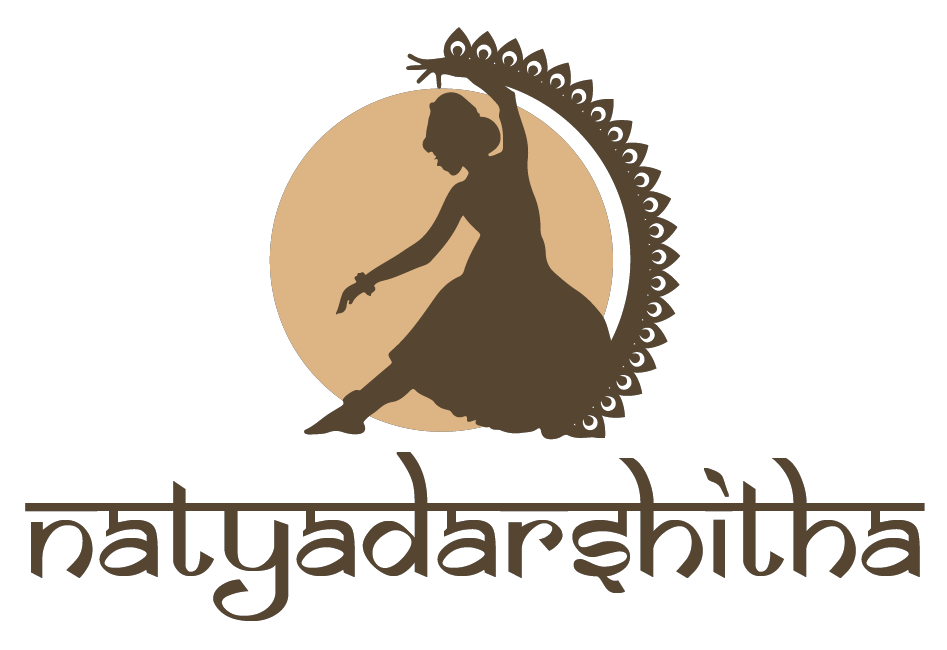Hasthas
Gestures played an important role in communication among primitive people. Even now. Gestures are used when there is a language barrier and furthermore, some of the emotions cannot be expressed adequately without hand movements. When these hand gestures form definite patterns systematically and artistically and are adopted in dance, they are called hastas.
Bharatanatyam is unique in its emphasis on abhinaya or facial expression particularly when the dancer seeks to depict the substance of a song or sequence.
Such abhinaya is supported by the hastas and mudras.
A mudra is a definite identification and provides a symbolic representation of a person, place, or thing through the manner in which the palms, the thumb, and the fingers are arranged in different formations. The hasta is classified as Asamyuta and Samyuta depending on whether one hand is used or both. Similarly, mudras can be formed with one or both hands, each mudra having a separate significance or meaning. The dancer, therefore, synchronizes the facial expressions with the hast and the mudras to portray the particular items, emotions, or objects depicted in the song.
In this topic, Asamyuta (single hand) and Samyuta (double hand) Hastas, their formations (prayoga) and the uses (viniyoga), and also the other various hand gestures have been explained.
